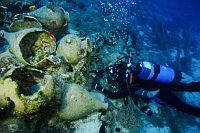 After struggling to raise funds to pay for pilotage fees, the replica Viking longship Draken Harald Hårfagre has ended its voyage in the Great Lakes at Green Bay, WI. Plans to go on to Duluth, Minnesota have been abandoned. A planned stop in New York harbor in September will go on as scheduled. From the press release:
After struggling to raise funds to pay for pilotage fees, the replica Viking longship Draken Harald Hårfagre has ended its voyage in the Great Lakes at Green Bay, WI. Plans to go on to Duluth, Minnesota have been abandoned. A planned stop in New York harbor in September will go on as scheduled. From the press release:
In collaboration with the District 3 Western Great Lakes Pilot Association, we recalculated the estimated cost for pilotage for our expedition and have reduced the amount from 430,000 USD to 250,000 USD. This was accomplished by using current pricing tables from each of the Great Lakes districts, while working closely with our District 3 pilot to calculate a speed, route plan and timetable that is safe and works with the design of our ship. Even with this significant reduction in cost, we have not been able to raise enough funds to complete our entire expedition. So it is with a heavy heart that Viking Kings, the organization behind the Draken Harald Hårfagre project has come to the decision to make the Tall Ships Festival in Green Bay the last stop in this Tall Ships Challenge.

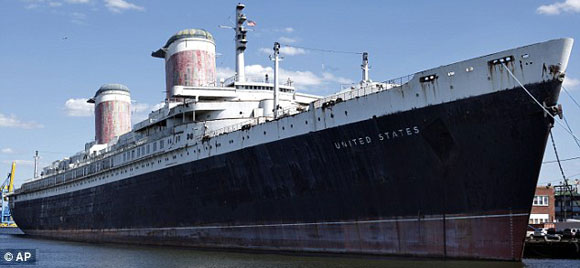 Last February we posted “
Last February we posted “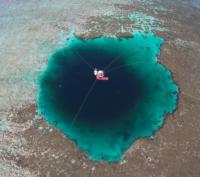 A blue hole in the South China Sea, called variously,
A blue hole in the South China Sea, called variously, 
 After decades of absence, whales are returning to the waters around New York City. Competing
After decades of absence, whales are returning to the waters around New York City. Competing  The
The 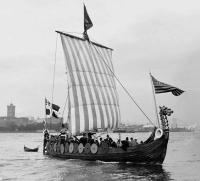
 At around 2 a.m. on the Sunday morning of July 30, 1916, one hundred years ago today, explosions on
At around 2 a.m. on the Sunday morning of July 30, 1916, one hundred years ago today, explosions on 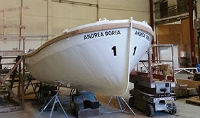 On July 25, 1956, the Italian Line passenger liner
On July 25, 1956, the Italian Line passenger liner 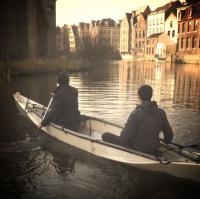 Several years ago, we posted about the
Several years ago, we posted about the 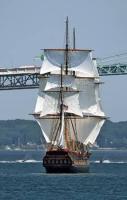

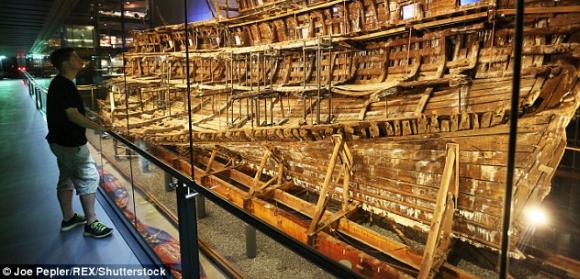 Four hundred and seventy one years after it sank in the Solent in 1545, King Henry VIII’s flag ship,
Four hundred and seventy one years after it sank in the Solent in 1545, King Henry VIII’s flag ship, 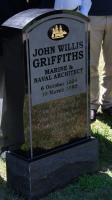 Yesterday, one hundred and thirty four year after his death, a headstone was unveiled at the grave of
Yesterday, one hundred and thirty four year after his death, a headstone was unveiled at the grave of 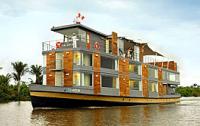
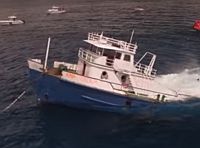 Last week, we posted about the upcoming
Last week, we posted about the upcoming  In June,
In June, 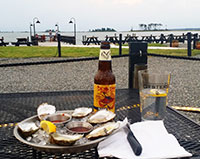 I am currently in the Northern Neck of of Virginia, where I will soon sit down with a boatyard to hear the latest estimated launch date for my Albin Nimbus 42, Arcturus. As I left the boat with the yard last September and had discussed a May launch, which has now slipped to August, I will admit to being neither happy nor hopeful. Nevertheless, I do feel better about the world after having an ale and oysters at
I am currently in the Northern Neck of of Virginia, where I will soon sit down with a boatyard to hear the latest estimated launch date for my Albin Nimbus 42, Arcturus. As I left the boat with the yard last September and had discussed a May launch, which has now slipped to August, I will admit to being neither happy nor hopeful. Nevertheless, I do feel better about the world after having an ale and oysters at 